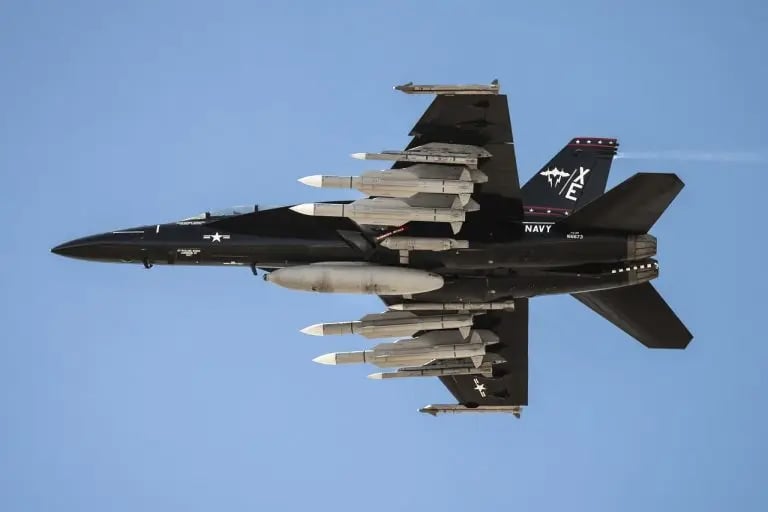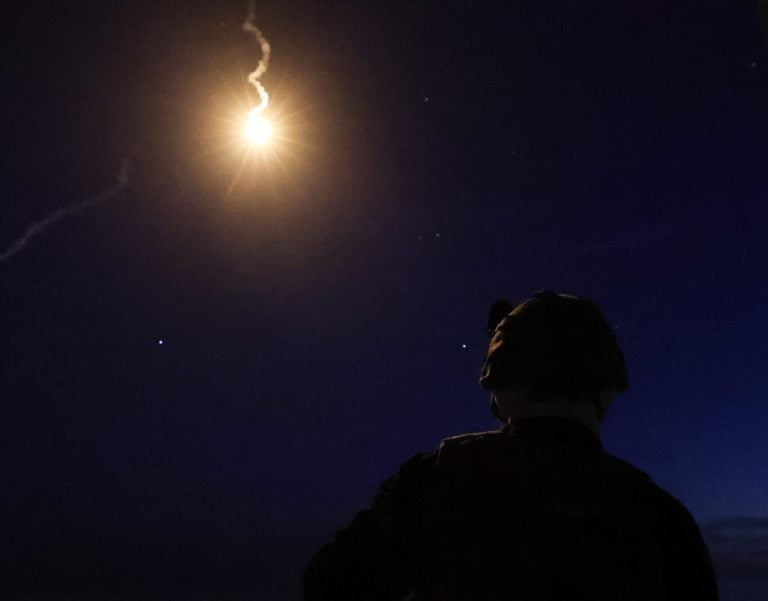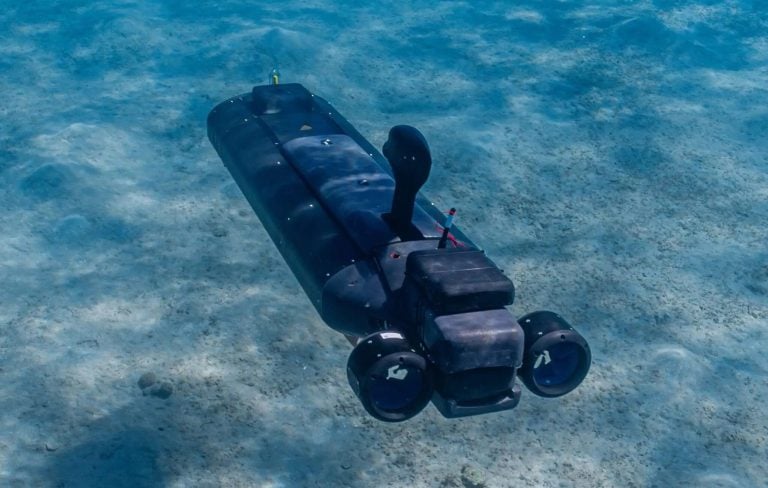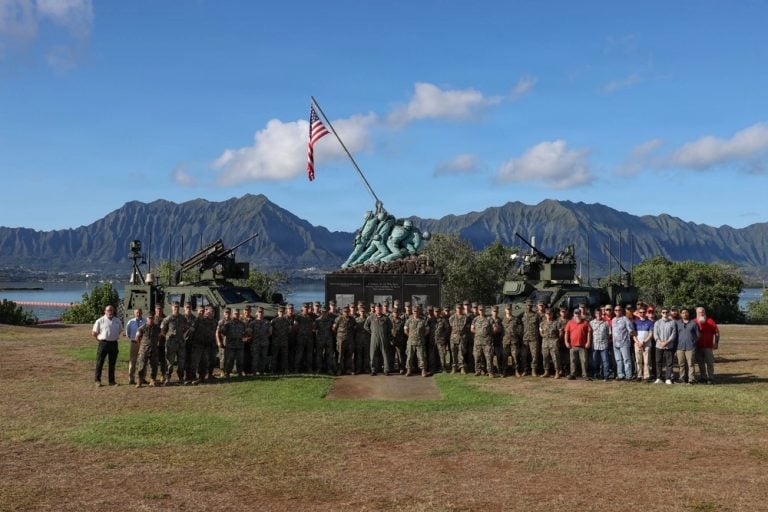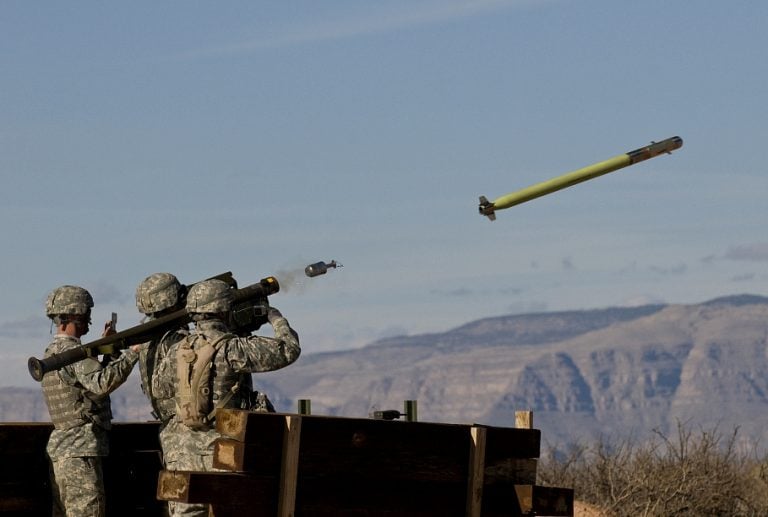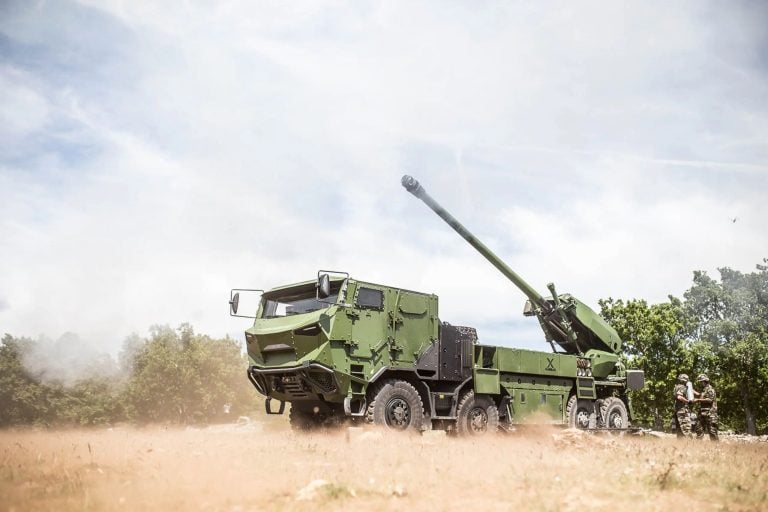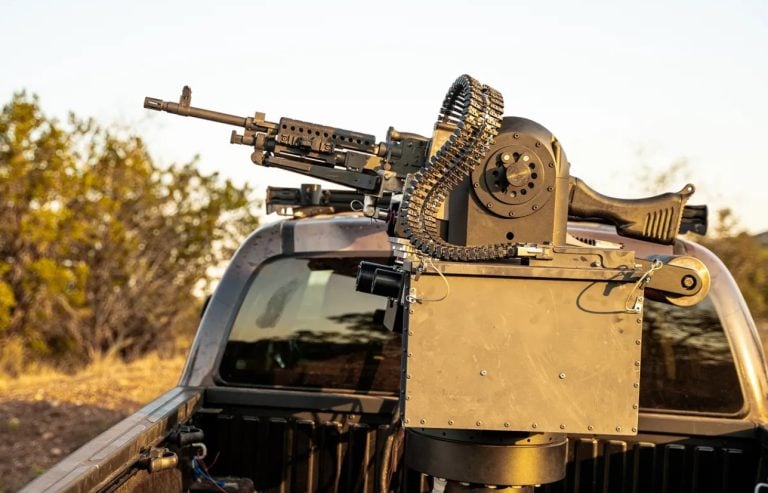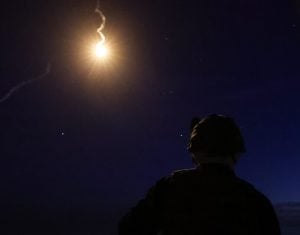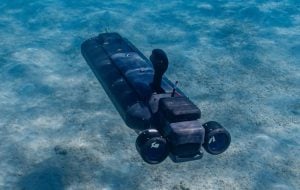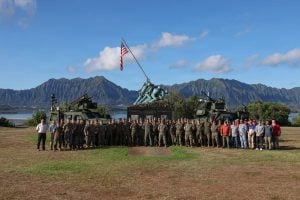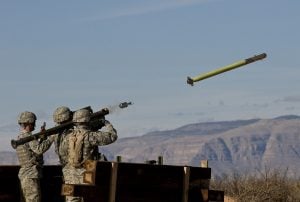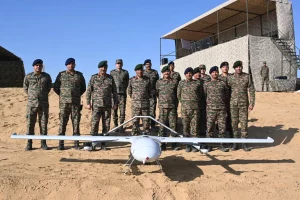The U.S. Navy has officially declared Initial Operational Capability (IOC) for the next-generation infrared sensors designed for the F/A-18 Super Hornet, marking a significant advancement in aerial combat technology. Developed by Lockheed Martin, the long-wave Infrared Search-and-Track (IRST21) sensor represents a groundbreaking enhancement in the navy’s airborne threat detection capabilities.
The IRST21 sensor is engineered to passively locate an array of airborne threats beyond visual range, thereby extending the detection capabilities of the Super Hornet fleet. This technological advancement is anticipated to significantly increase both the survivability of pilots and the operational effectiveness of the aircraft during missions.
“This achievement in declaring IOC for the IRST21 is a tremendous milestone and highlights the robust partnership between Lockheed Martin and the U.S. Navy,” stated Paul Hey, the IRST program director at Lockheed Martin. He emphasized that the sensor’s advanced features will enhance pilots’ situational awareness and their ability to complete missions, ultimately ensuring increased survivability in contested environments.
With the IOC now declared, the IRST21 is progressing towards full-rate production, indicating that wider deployment within the Navy is on the horizon. The IRST21 sensor builds upon Lockheed’s established legacy in infrared search-and-track systems, having previously amassed over 300,000 flight hours on platforms such as the F-14 and F-15 fighter jets.
Notably, the IRST21 has the capability to detect heat signatures over an expansive “field of regard” and can operate effectively even amid electronic countermeasures. With its weapon-quality tracking and detection accuracy, the sensor not only enhances the reaction time of pilots but also boosts the effectiveness of precision strikes, a crucial factor in modern warfare scenarios.
Hank Tucker, Vice President of Mission Systems for Lockheed’s Sensors & Global Sustainment division, referred to the IRST21 as a “game-changing leap” in passive sensing technology. He expressed confidence that this new capability would fundamentally alter the dynamics of air warfare, stating, “We’re proud to enhance the Super Hornet with an advanced sensor system that ensures strategic superiority in evolving threat environments.”
To support U.S. Navy operations, Lockheed Martin plans to deliver up to 170 IRST21 sensor systems, bolstering the navy’s readiness in the face of contemporary aerial threats. As the military continues to adapt to an increasingly complex global security landscape, these advancements underscore a commitment to maintaining technological supremacy in air combat.
